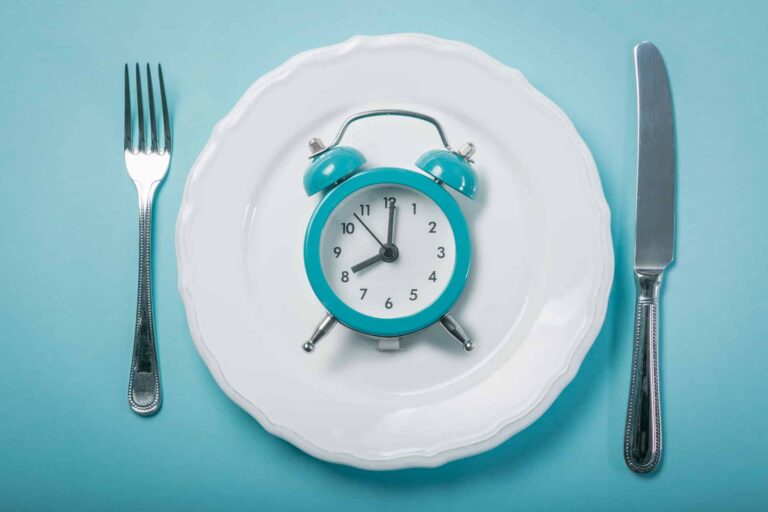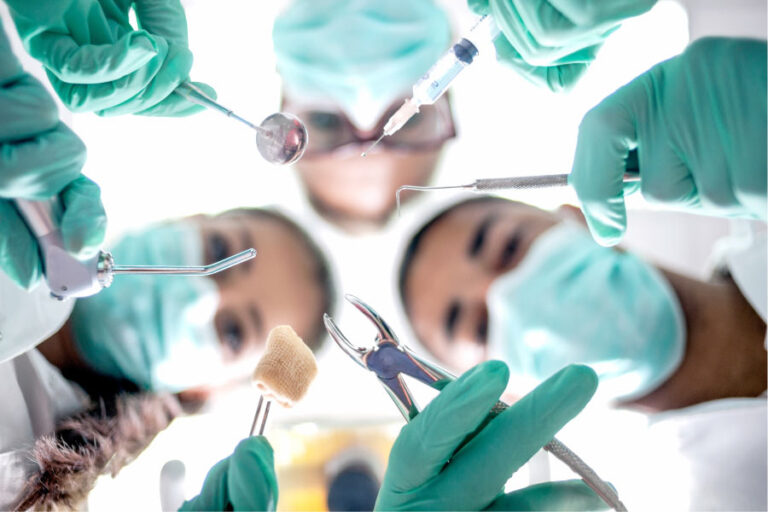Losing weight is a goal for many people, whether it’s for health reasons, aesthetic preferences, or both. However, a common question that arises during weight loss is, “Where does fat go when you lose weight” Understanding this process not only demystifies weight loss but also helps in setting realistic goals and expectations. In this comprehensive guide, we will delve into the science behind fat loss, explore how fat is metabolized and eliminated, and answer some frequently asked questions related to weight loss.
The Basics of Weight Loss
Understanding Body Fat
Body fat, or adipose tissue, is a form of stored energy. It consists of fat cells called adipocytes, which store excess calories that the body doesn’t immediately use. When you consume more calories than you burn, these fat cells grow in size as they accumulate fat. Conversely, when you consume fewer calories than you expend, your body begins to use stored fat for energy, leading to weight loss.
The Role of Calories
Weight loss fundamentally involves creating a calorie deficit, which means burning more calories than you consume. This can be achieved through a combination of dietary changes and increased physical activity. When you’re in a calorie deficit, your body starts to break down stored fat to use as energy, which leads to the reduction of fat mass.
The Science Behind Fat Loss
How the Body Breaks Down Fat
When you lose weight, the fat in your body is broken down through a series of metabolic processes. Here’s a simplified overview of how this happens:
1. Lipolysis
The process begins with lipolysis, where fat cells break down stored triglycerides (the main form of fat in the body) into glycerol and free fatty acids. This occurs in response to hormonal signals, particularly when your body needs additional energy.
2. Mobilization of Fat
Once broken down, the free fatty acids and glycerol are released into the bloodstream. They are then transported to various tissues where they can be utilized for energy. This is especially true during physical activity or periods of fasting.
3. Oxidation of Fat
In the cells, free fatty acids undergo a process called beta-oxidation, which occurs in the mitochondria (the energy powerhouses of the cells). During this process, fatty acids are converted into acetyl-CoA, which then enters the Krebs cycle (also known as the citric acid cycle). This cycle is crucial for producing adenosine triphosphate (ATP), the primary energy currency of the body.
4. Conversion to Carbon Dioxide and Water
As part of the Krebs cycle, acetyl-CoA is eventually converted into carbon dioxide (CO₂) and water (H₂O). These byproducts are expelled from the body in different ways: carbon dioxide is exhaled through the lungs, and water is eliminated through urine, sweat, and other bodily fluids.
Where Does the Fat Actually Go?
So, to directly answer the question, “Where does fat go when you lose weight?”—the majority of fat is converted into carbon dioxide and water. Here’s the breakdown:
Carbon Dioxide
Approximately 84% of the fat you lose is converted into carbon dioxide. This gas is transported from your cells to your lungs via the bloodstream, where it is expelled when you exhale. This process highlights the importance of respiratory function in weight loss.
Water
Around 16% of the fat is converted into water. This water is removed from the body through urine, sweat, and other bodily fluids. It’s essential for maintaining hydration levels and proper bodily function.
Factors Affecting Fat Loss
1. Metabolism
Your metabolic rate affects how quickly you burn fat. A higher metabolic rate means you burn calories faster, which can aid in more effective fat loss. Factors influencing metabolism include age, sex, muscle mass, and overall health.
2. Physical Activity
Exercise increases calorie expenditure and boosts the metabolic rate, which helps accelerate fat loss. Different types of exercise, such as aerobic (cardio) and anaerobic (strength training), have varying effects on fat metabolism.
3. Diet
A balanced diet that supports a calorie deficit is crucial for weight loss. Nutrient-dense foods that are high in fiber, protein, and healthy fats can enhance satiety and prevent overeating, making it easier to maintain a calorie deficit.
4. Hormones
Hormones play a significant role in regulating fat storage and metabolism. Insulin, cortisol, and leptin are just a few hormones that influence how your body stores and uses fat. Imbalances in these hormones can affect weight loss efforts.
Common Misconceptions About Fat Loss
1. Spot Reduction
Many people believe that targeting specific areas of the body with exercise can reduce fat in those areas. However, spot reduction is largely a myth. Fat loss occurs throughout the body and is not confined to one specific area.
2. Fat Turns into Muscle
Another common misconception is that fat can turn into muscle. Fat and muscle are two distinct types of tissue, and one does not convert into the other. Instead, muscle growth and fat loss are separate processes. Building muscle can improve body composition and overall metabolism.
3. Supplements and Quick Fixes
There are numerous supplements and products that claim to enhance fat loss. However, most of these claims lack substantial scientific backing. Sustainable weight loss relies on a combination of diet, exercise, and healthy lifestyle changes rather than quick fixes.
Practical Tips for Effective Fat Loss
1. Maintain a Balanced Diet
Focus on a diet rich in whole foods, such as fruits, vegetables, lean proteins, and whole grains. Avoid excessive consumption of processed foods, sugary beverages, and high-fat snacks.
2. Incorporate Regular Exercise
Combine cardiovascular exercise with strength training to optimize fat loss and improve overall fitness. Aim for at least 150 minutes of moderate-intensity cardio per week and two days of strength training.
3. Stay Hydrated
Drinking enough water is essential for overall health and can support weight loss. Water helps with digestion, nutrient absorption, and the elimination of waste products from the body.
4. Get Adequate Sleep
Quality sleep is crucial for weight management and overall health. Aim for 7-9 hours of sleep per night to support metabolic function and hormone regulation.
5. Manage Stress
Chronic stress can impact weight loss efforts by increasing levels of cortisol, a hormone associated with fat storage. Practice stress-management techniques such as mindfulness, meditation, and relaxation exercises.
Conclusion
Understanding where fat goes when you lose weight can provide valuable insights into the weight loss process and help set realistic expectations. Fat is primarily converted into carbon dioxide and water, which are then expelled from the body. By focusing on a balanced diet, regular exercise, and overall healthy lifestyle choices, you can effectively manage your weight and support long-term health. Remember, sustainable weight loss is a gradual process that requires patience, consistency, and a holistic approach to well-being.













